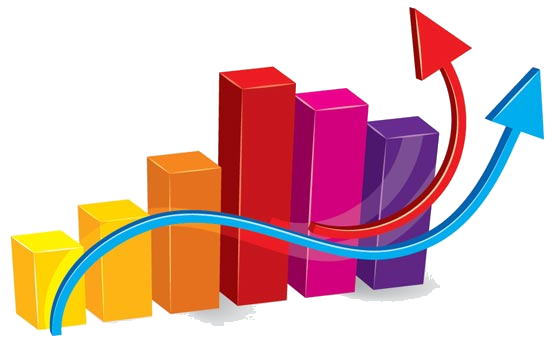Our Free Services
 Our orders are delivered strictly on time without delay
Our orders are delivered strictly on time without delay Paper Formatting
- Double or single-spaced
- 1-inch margin
- 12 Font Arial or Times New Roman
- 300 words per page
No Lateness!
 Our orders are delivered strictly on time without delay
Our orders are delivered strictly on time without delay Our Guarantees

- Free Unlimited revisions
- Guaranteed Privacy
- Money Return guarantee
- Plagiarism Free Writing
Exploring the Relationship Between Stereotyping and Prejudice
How are stereotyping and prejudice related? Name three ways they are perpetuated.
Sample Answer
Exploring the Relationship Between Stereotyping and Prejudice
Stereotyping and prejudice are interconnected concepts that play a significant role in shaping attitudes, beliefs, and behaviors towards individuals or groups. While they are distinct phenomena, they are often intertwined and can reinforce each other in perpetuating biases and discriminatory practices. Understanding the relationship between stereotyping and prejudice is crucial in addressing and challenging negative stereotypes and discriminatory attitudes. Here are three ways in which stereotyping and prejudice are related and perpetuated:
1. Cognitive Schemas and Simplification
Stereotyping involves categorizing individuals or groups based on perceived characteristics, traits, or behaviors that are believed to be typical of that group. These cognitive schemas serve as mental shortcuts that help us process information quickly but can lead to oversimplification and generalization. When stereotypes are consistently reinforced through media, social norms, or personal experiences, they can contribute to the formation of prejudiced attitudes. Prejudice, rooted in stereotypes, involves holding preconceived negative beliefs or attitudes towards individuals or groups based on these oversimplified perceptions.
2. Socialization and Ingroup Bias
Stereotyping and prejudice can be perpetuated through socialization processes that influence how individuals perceive and interact with others. Ingroup bias, a tendency to favor members of one’s own group over those outside the group, can lead to the reinforcement of stereotypes and the development of prejudiced attitudes towards outgroups. Social norms, cultural values, family beliefs, and peer influences can shape individuals’ perceptions of different social groups and contribute to the maintenance of stereotypes and prejudices. This ingroup bias can create divisions, foster discrimination, and perpetuate inequalities in society.
3. Confirmation Bias and Self-Fulfilling Prophecies
Confirmation bias plays a role in perpetuating stereotypes and prejudice by influencing how individuals interpret information to confirm their existing beliefs and attitudes. When individuals hold stereotypes about a particular group, they may selectively notice information that aligns with these stereotypes while ignoring evidence to the contrary. This confirmation bias reinforces prejudiced attitudes and perpetuates negative stereotypes, leading to a cycle of biased perceptions and discriminatory behaviors. Furthermore, self-fulfilling prophecies occur when individuals’ expectations about a group influence their behavior towards that group, ultimately shaping the group’s behavior to conform to those expectations.
Conclusion
Stereotyping and prejudice are interconnected phenomena that influence how we perceive, evaluate, and interact with others in social contexts. By recognizing the relationship between stereotyping and prejudice and understanding how they are perpetuated, we can work towards challenging biased beliefs, promoting empathy and understanding, and fostering inclusive attitudes towards diverse individuals and groups. Addressing stereotypes and prejudices requires active efforts to question assumptions, engage in critical reflection, promote diversity and inclusion, and advocate for social justice and equality in our communities and institutions. By combating stereotypes and prejudices at their roots, we can strive towards a more equitable and harmonious society based on respect, acceptance, and appreciation of individual differences.
This question has been answered.
Get AnswerOur Services

- Research Paper Writing
- Essay Writing
- Dissertation Writing
- Thesis Writing
Daily Statistics

- 134 New Projects
- 235 Projects in Progress
- 432 Inquiries
- 624 Repeat clients
Why Choose Us

- Money Return guarantee
- Guaranteed Privacy
- Written by Professionals
- Paper Written from Scratch
- Timely Deliveries
- Free Amendments

